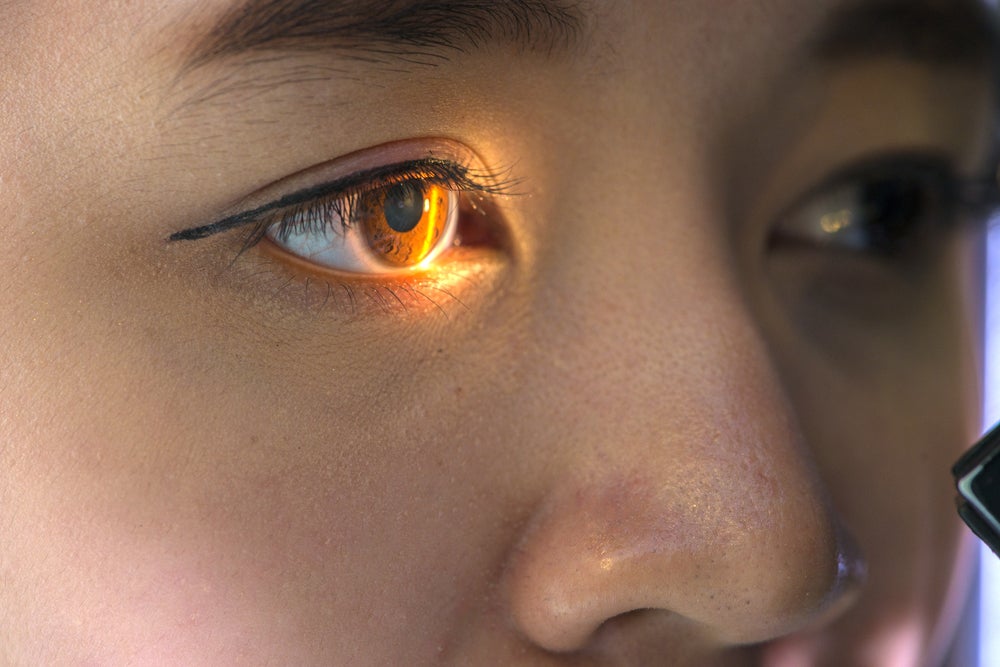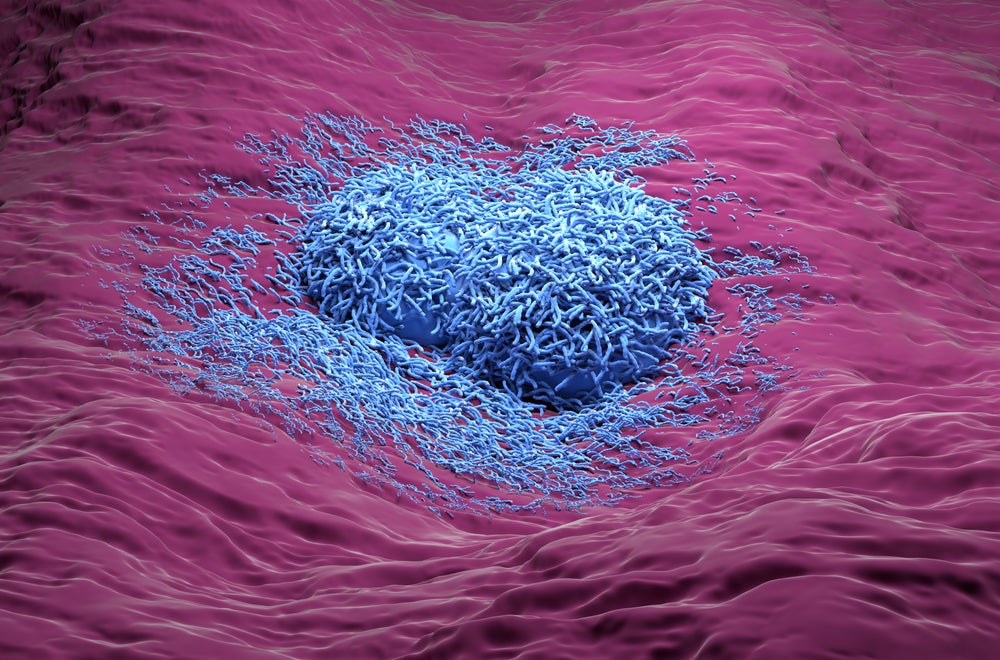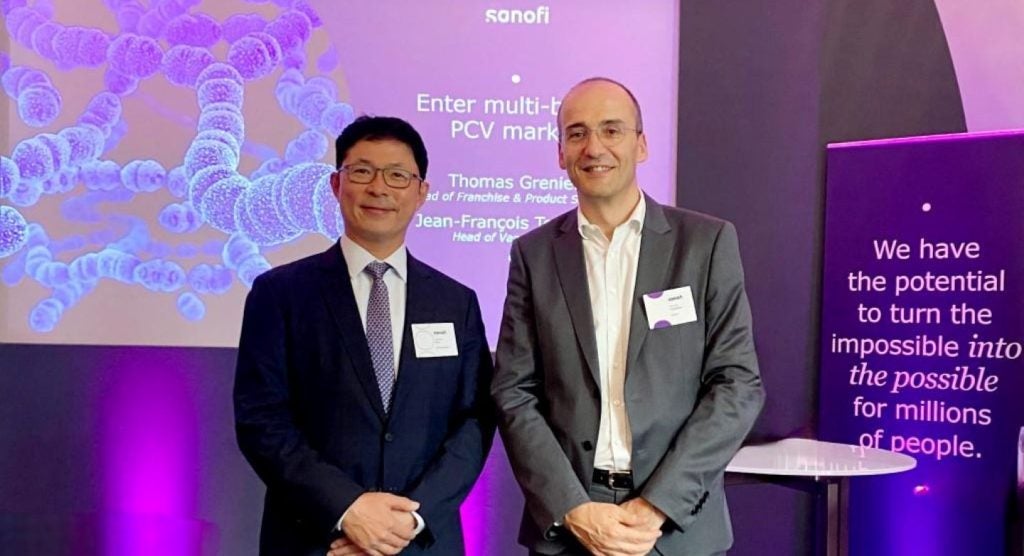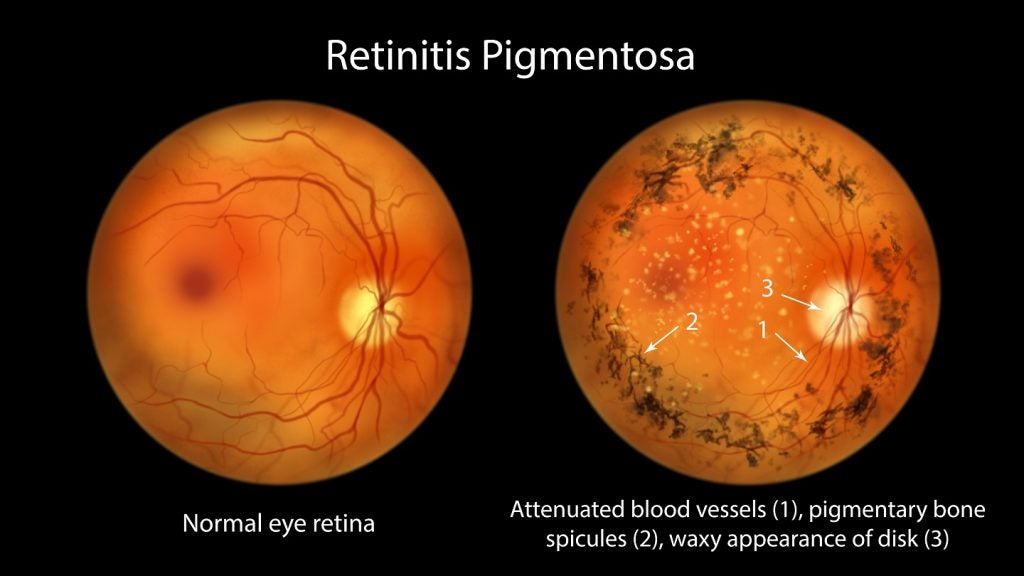Ciliatech’s implantable device for glaucoma patients is edging closer to regulatory approval after the company revealed positive results from a second two-year post-operative clinical trial.
The French ophthalmology company reported intraocular pressure (IOP) below 21 mmHg in 95% of patients allocated the device in the trial. Within this patient percentile, a further 81% had a pressure lower than 18 mmHg.
The preliminary results will be presented by Ciliatech at the World Glaucoma Progress, being held from 28 June to 1 July in Rome, Italy.
The trial (NCT04770324), which took place in Armenia, saw patients with primary open-angle glaucoma (POAG) implanted with two samples of a cilio-scleral interposition device (CID). Patients were then prescribed prostaglandin treatment for a month. Of the 21 patients enrolled, 11 participated in the two-year follow-up.
In addition to the data on pressure maintenance, the company also said that 90% of patients were free of medication at the follow-up.
“On top of the very good safety profile, we are particularly satisfied with the high number of patients free of medication at 24 months, adding to the positive prognosis for prolonged effect. This significantly improves patient quality of life, which is the expectation following surgery,” said Dr Philippe Sourdille, Ciliatech’s co-founder.
A limitation of the device so far is that, to date, one surgeon has conducted all the clinical trials. Ciliatech said its next aim is to have its preliminary results confirmed by other surgeons and in other glaucoma populations.
“The results of this second study (SAFARI II) are extremely important in confirming the performance and safety profile in all aspects of our CID implant. These findings are consistent with the IOP management outcomes of our first 24-month post-operative study (SAFARI I),” said Olivier Benoit, CEO of Ciliatech.
In April 2023, Ciliatech raised €3.5m ($3.8m) in Series A funding. The company aims for CE marking and the US Food and Drug Administration (FDA) approval of its device by 2024/25.
A major advantage of the implant is reduced IOP without penetrating the eye’s anterior chamber or creating subconjunctival filtration. The device, made from hydrophilic hydrogel, can fold through a small incision, and then conform to the anatomy of its placement area between the ciliary body and sclera.
















